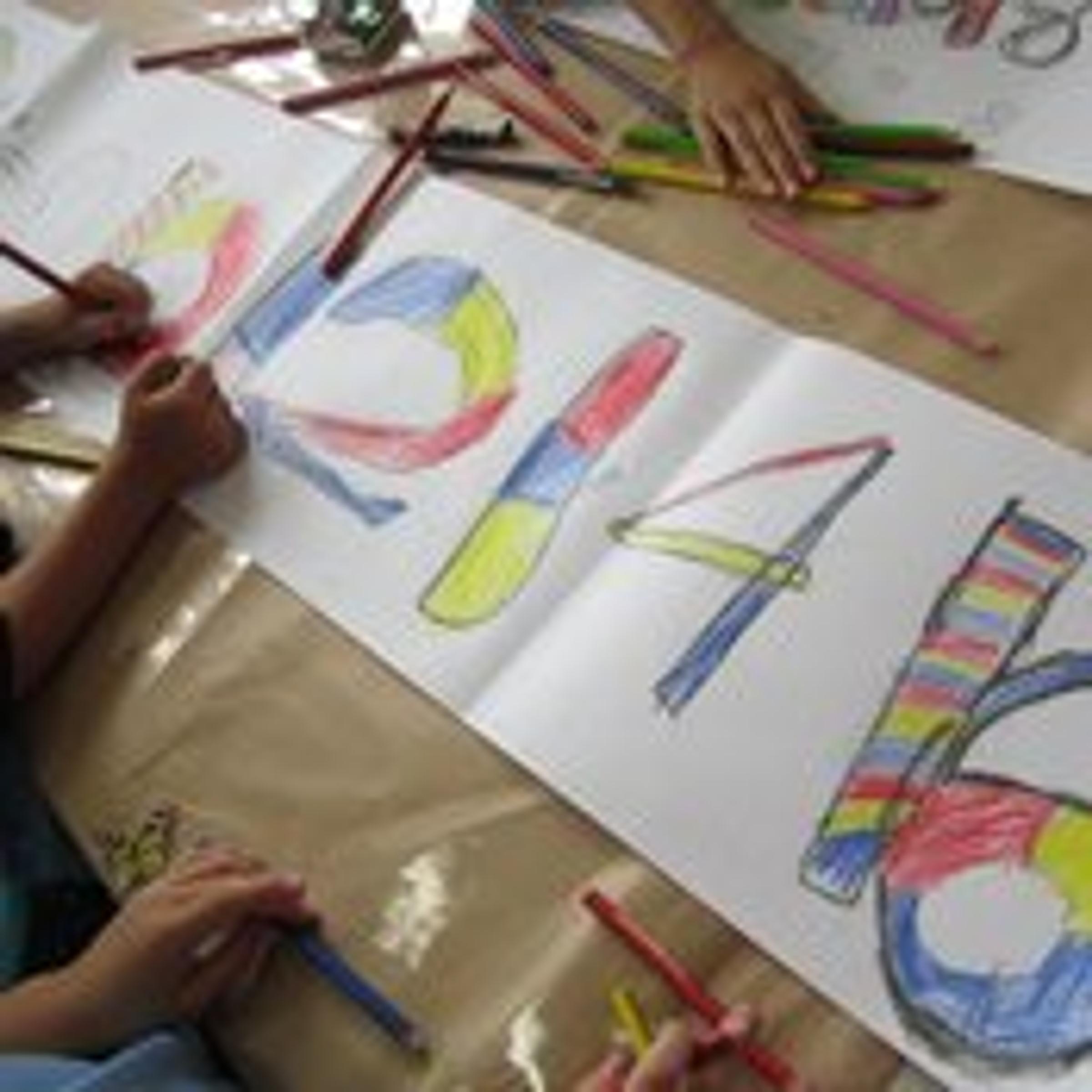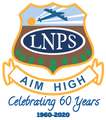Maths

Numeracy-Number
This semester we will continue to focus on the number and algebra strand from the Australian Curriculum. Children will be undertaking activities which will deepen their understanding of…
connecting numbers, their names and quantities up to 10 initially and beyond
counting numbers in sequences up to 20 from any starting point
sorting objects and discuss how they have been sorted (shape, use, size, colour, texture etc)
Children will be introduced to strategies from Ann Baker’s ‘Secret Code’ and be given opportunities to use these through games involving dice, ten frames, cards and number lines.
These strategies include...
- Subitising (knowing without counting)- small collections of objects
- ~Counting on
- ~Rainbow Facts (pairs of numbers that make 10)
Children will also use these strategies during ‘Problematised Situations’ where they engage with realistic situations and apply their own thinking. Students can solve and record in their own way (pictures, numbers, tallies etc) and have access to concrete materials (counters, blocks) to assist them if required. Students will ‘Tune In’ to maths before the lesson through song or group mental routines that are explicitly targeting a particular skill. Our focus in Semester 1in these routines will see students ordering and forming numbers 0-20 and being able to understand vocabulary such as digit, larger, smaller, greater than, less than, middle, before and after.
Measurement and Geometry
Children will explore and wonder about patterns in our world, with a focus on days of the week, months of the year and patterns of the day. Children will be able to connect days of the week to familiar events and actions. They will also be able to compare and order the duration of events using everyday language of time.
Children will also have opportunities to sort, describe and name familiar 2D and 3D shapes and explore the real life shapes in our world. Children will also be given many opportunities to copy, continue and create patterns with concrete objects, drawing and using technology.
Students will engage with hands-on activities where they will compare objects to decide which is longer, shorter, heaver, lighter, larger or smaller. They will experiment with measuring using varied objects such as counters, beans and blocks and will be able to choose the best unit for measuring, using only one object at a time. Using familiar everyday objects, students will experiment with measuring different shapes and surfaces and will investigate the impacts of gaps and overlaps in measuring and their impact on the total length.
